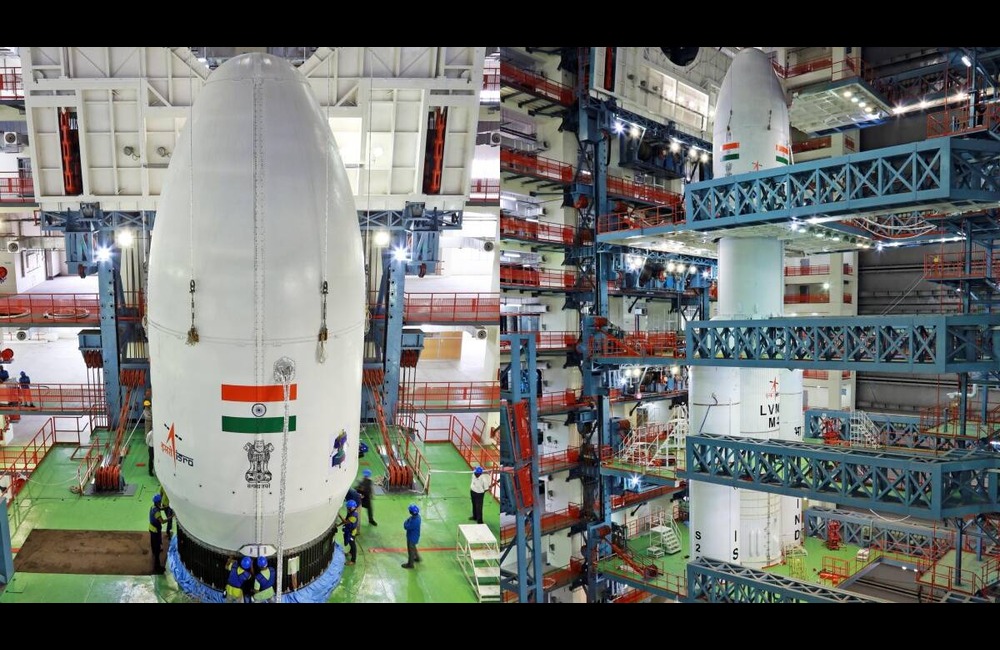During the Space Economy Leaders Meet held on Day-1 in Bengaluru, S Somanath, the Director of the Indian Space and Research Organisation (ISRO), officially declared that the launch of Chandrayaan-3, India’s future lunar exploration mission, is scheduled for July 14 at 2.35 pm. This announcement was made in the context of India’s G20 Presidency, where discussions took place regarding potential collaborations and partnerships in the space economy.
On the launch of Chandrayaan-3, Somanath said, “On July 14 at 2.35 pm, Chandrayaan-3 will lift off, and if everything goes well, it will land (on the moon) on August 23…the date is decided based on when is the sunrise on the moon, it will depend on the calculations, but if it gets delayed then we will have to keep the landing for the next month in September.” He also said ISRO’s prime objective was to enable a safe and soft landing of Chandrayaan-3.
“Our main objective is a safe and soft landing; all equipment will be fine if it goes safe and there is a soft landing. We are good with the landing system. Rover will come out after landing, the rover has six wheels, and we expect the rover to work for 14 days on the moon. We will receive images with the support of multiple cameras on the rover. We have a solar panel on the rover. We already tested it and have good results with the battery,” Somanath added. During the discussion, the head of the Indian Space Research Organisation (ISRO) highlighted the significance of collaborations among space agencies, industries, and start-ups.
Emphasizing the challenges faced in the space economy, he noted that it requires substantial capital investment to develop the necessary capabilities, with returns on investment often taking an extended period to materialize. The meeting witnessed the active participation of representatives from 86 space companies. In a statement made by India’s G20 sherpa, Mr Amitabh Kant, it was underscored that the space economy of India is currently witnessing an expedited expansion, marked by a surge in revenue and an influx of new commercial participants within the sector.
Additionally, insightful studies indicate that this trajectory could ultimately position the Indian space economy as a USD 1 trillion industry in the forthcoming decades. “The exponential growth experienced in the space industry underscores the need for governments worldwide to provide support. This is precisely why the formal integration of space as a key agenda item within the G20 meeting is being deliberated,” stated Kant.
Rajkumar Ranjan Singh, Minister of State for External Affairs, highlighted that India is actively engaged in the sector with over 400 private space companies striving to leverage its potential.” We also have a student outreach programme. This programme is designed to cultivate scientific temper among young minds. Space technology can bring immense predictability to the varieties of climate changes, agricultural harvest, food security, natural disasters, and even the distribution of economic drought. These uncertainties unfold the worst impact on developing countries,” Singh said. Day-1 of the space economy leaders meeting witnessed the active involvement of 27 nations and 33 industries, demonstrating extensive international participation. This event served as a platform to showcase India’s remarkable capabilities within the space sector. As the meeting nears its conclusion, a highly anticipated session focusing on Space Industry partnerships is scheduled.





















